Flood Tide Tips To Catch Tons Of Redfish (Lures & Tactics)
- By: Justin Ritchey
- on

Flood tides are hard to come by but when they happen it makes for a unique fishing experience.
Coastal marsh creeks and mudflats provide structure and holes for big fish to hold in and ambush baitfish.
How do you target big redfish in a flooded marsh environment?
Check out how below!!
Flood Tide Tips To Catch Tons Of Redfish [VIDEO]

A flood tide does not happen very often and only happens when there is a massive tide swing where the water floods into marsh creeks.
Certain areas have different heights and parameters for creating a flood tide depending on varying conditions.
The key is finding that sweet spot in the tide that gives you the perfect conditions for finding big fish in the grass.
Fishing right off of high tide and aligning yourself with the wind will put you in the best position to hook up with fish.
The idea behind moving into the marshes to fish after high tide is because the redfish are already in the flooded marsh looking for a meal.
As you approach the marshes and grassy ledges, cast your lure onto the edges of the grass and see if you can pick off any fish waiting to ambush bait.
The little coves and pockets of the flood tide will have moving water and most likely fish.
Fish will be staged in the current waiting for bait to swim by them.
Finding Current
If you move to points or areas with flowing current, you can find fish there waiting for bait to swim into their mouths.
By working your lure along the bottom, you can induce strikes from trout or redfish sitting at the bottom.
The depth off of the grass ledges in marshes can drop from 3-4 feet to up to 10-15 feet.
This structure provides areas for fish to hold and ambush prey.
Positioning On The Flats
Using the high water to get up on the flats can also get you in prime position to find bigger fish.
Depending on where you are in relation to the flat and wind direction is where you should aim to set up.
When there is a lot of water, the fish can be a bit harder to find.
If that is the case, letting the tide go out a little more can reveal where the fish are.
Fish can be digging in the mud for crabs and shrimp or tailing in shallow water.
Lure Modifications
Pinching the tail off of a paddletail lure can create a profile very similar to the small bait the fish are feeding on.
Further, it makes it easier to constantly cast in and out of the grass.
You will get snagged less using a weedless setup and the “nub” rig with any paddletail without the tail.
Conclusion
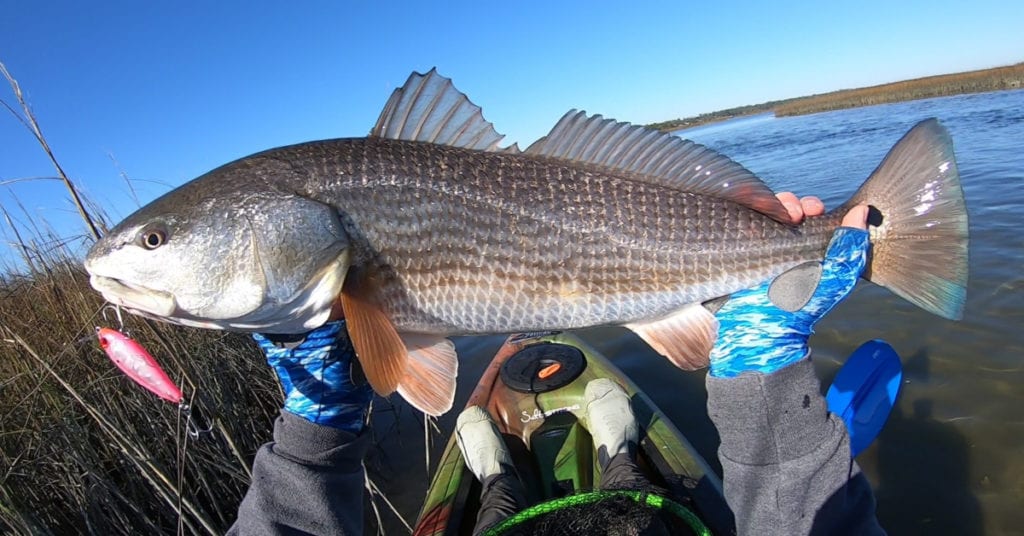
Flood tides are rare and can create opportunities to hone in on big fish digging around in the mud in coastal marshes.
It is important to have knowledge of the area as well as different spots of interest fish may be holding.
Look for current and different depths for big fish waiting to ambush prey.


And if you know someone who wants to know where to find fish in a flood tide, please TAG or SHARE this with them!
P.S. Want access to our best fishing spots and tips, plus discounts to our online tackle store? Click here to join us in the Insider Club!
Related Articles:
Related categories:
STOP WASTING TIME ON THE WATER!
Do what the “SMART ANGLERS” are doing and join the Insider Club.
Here’s what you’ll receive today when you join:
- Weekly fishing reports and TRENDS revealing exactly where you should fish every trip
- Weekly “spot dissection” videos that walk you through all the best spots in your area
- Exclusive fishing tips from the PROS you can’t find anywhere else
- Everything you need to start catching fish more consistently (regardless if you fish out of a boat, kayak, or land).

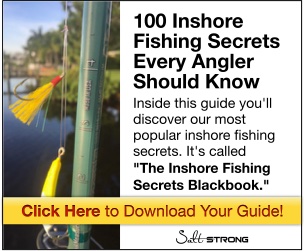


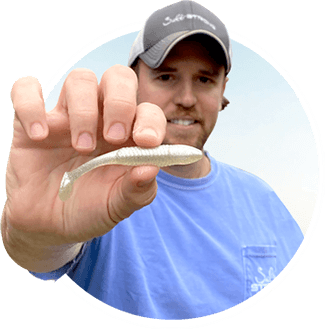
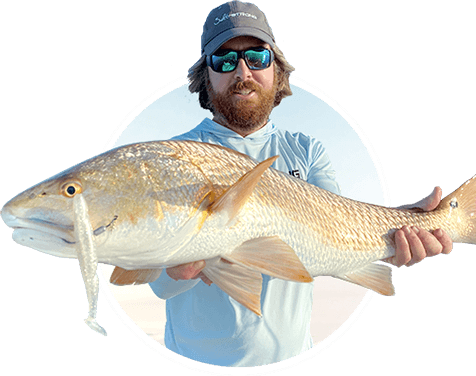
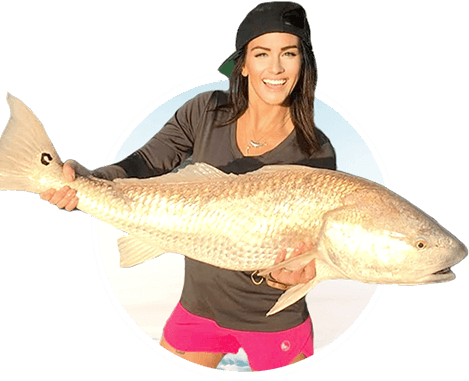
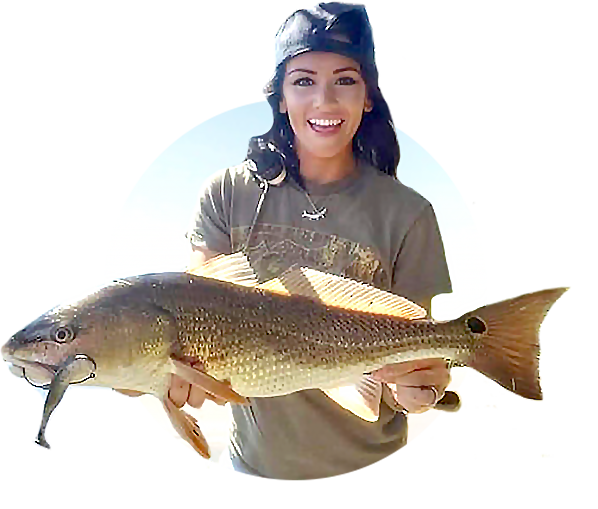
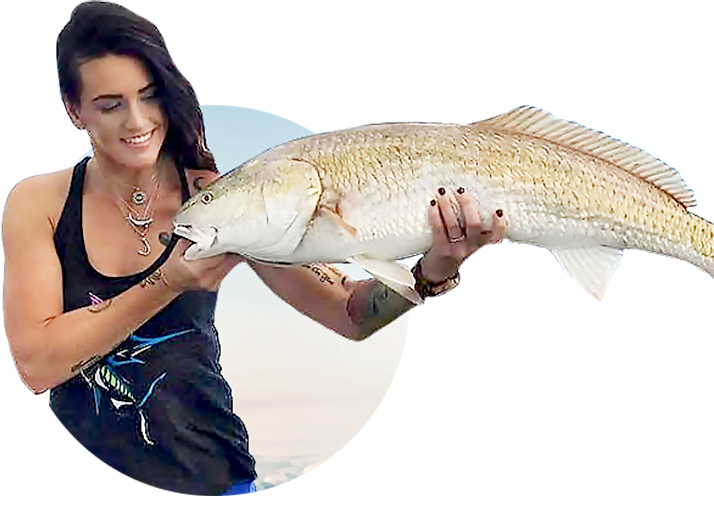
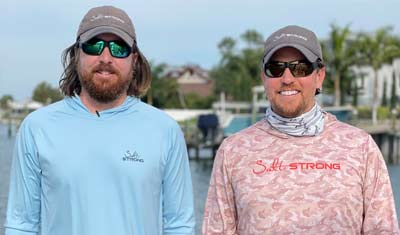
I’m curious to know what the benefits of using the Line Conditioner Saltwater Formula if the product may help castability with less wind knots & line protection with braid. Perhaps you guys could give your input on the subject or maybe a video. After all lines & braid cost a little. Thanks, Ron 😎
For Monofilament and Fluorocarbon lines, a Line Conditioner (kind of like the “Reel Magic” brand) can extend the life of lines that are exposed to Salt & UV rays a little bit longer…but for Braided Lines, these conditioners don’t make a difference, because many braids are spun with a waxy coating on the exterior to help against abrasive objects and naturally prevent water absorption.
All in all, braided line is a superior option to nylon material lines, and easily lasts 5x as long.
It so exciting to see tailing red, and even better when you hook up. Great video Justin and Richard thanks guy.🎣💪
Great stuff Richard and Justin – nice hookup on the redfish!!
Thanks Pablo!
Great video! I live in the SC Lowcountry and we experience flood tides, so now I know how to fish them. I haven’t had much luck in the past, now I’m armed with better info.
I’m glad to hear it! Good luck on your next trip, Dana! Let us know how it goes.
Nice video Justin! Where exactly were you guys?
Thanks Roman! We are up in NE Florida, north of Jacksonville. I’m not exactly sure where but it was deep in the marshes north of the St. Johns River.
Justin, excellent report and a very nice red. Love seeing all the tidal marsh strategies and techniques videos as I’ll be moving to the St. Mary’s, GA area in the near future.
Other tidal marsh video suggestions:
• Kayak rigging and drives, are depth finders any use since such shallow water, advantages/disadvantages of kick-fin drives & pedal drives for navigating shallow grass or oyster beds, open water style kayak vs. hybrid (ex: Hobie Lynx)
• Flood tide area entry and exit strategies of not only the fish but of you in the kayak
• Cooler weater gear to keep you dry, comfortable, and safe.
Tight lines!
Thanks Rod. All fantastic ideas, appreciate you sharing that with me. Tight Lines Brotha!
I have been fishing the Lynx for several months. My previous kayak was getting pretty hard to handle for an old guy. (76). I can’t take as much with me on the Lynx but I am fishing twice as much now that I can can get in and out of the water so much easier.
Curtis, thanks for the info!
I’m thinking of the Hobie Lynx as the perfect platform for KISS (Keep it simple stupid). A couple rods, minimal tackle, my phone for tracking navigation, etc. Don’t plan traveling long distances or over open water. How does the “flutter kick” work in the shallow grass, does it still get too much interference to work well?